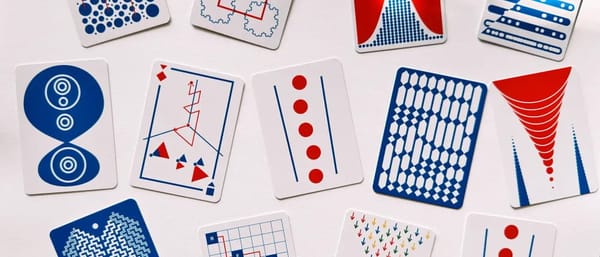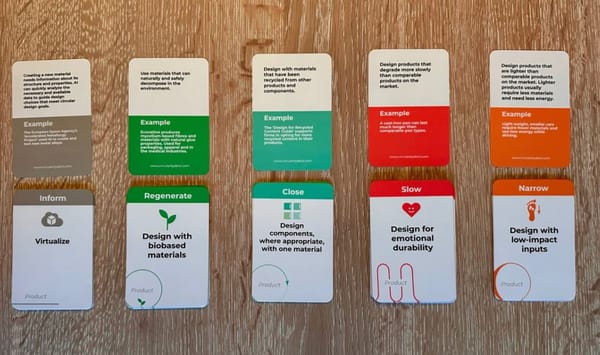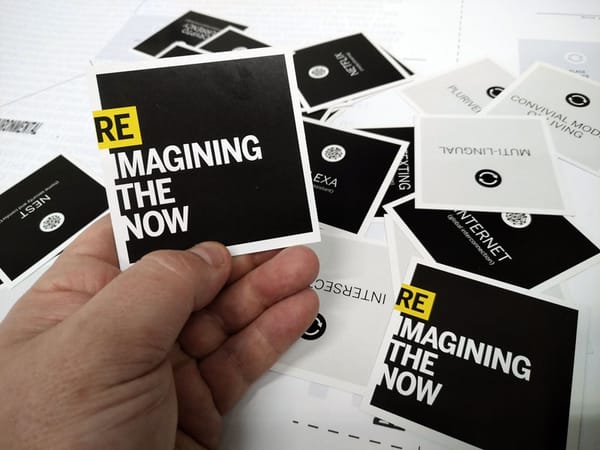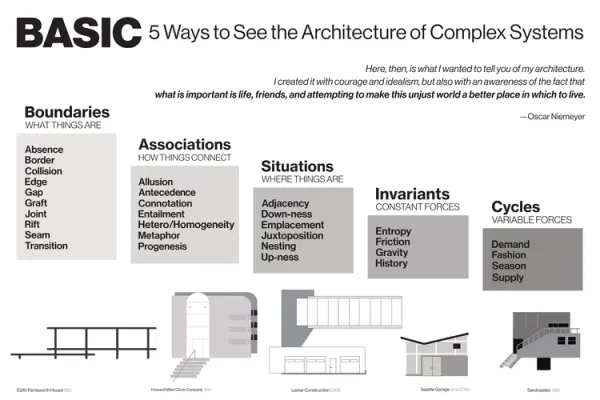№ 1 | Conversation Theory, Civilizations + Burnout, Practical Teaching Tips, Visualizing Knowledge, and AR Contact Lenses
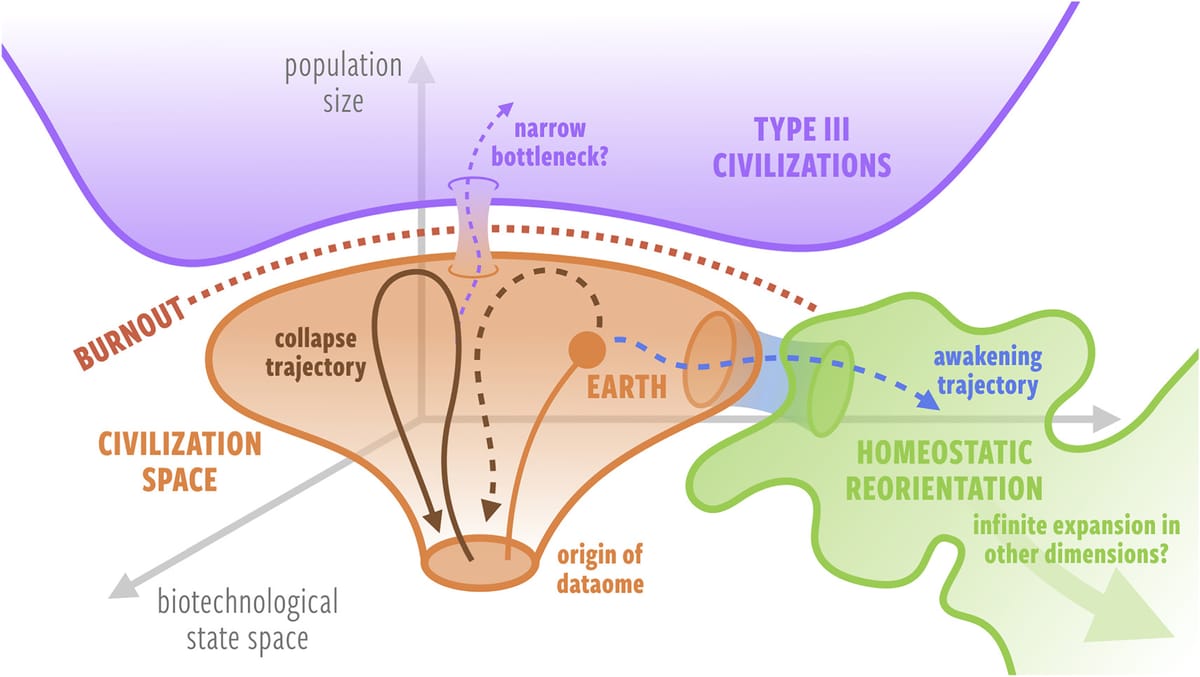
Let's get this kicked off… five things I encountered over the past week:
“Conversation theory in two pages.”
AKA, I can't escape cybernetics! In response to a post about project constraints, twitter user @evansonearth shared this short essay on Cybernetics and Conversation. Sample 1: “Consensual coordination of consensual coordination of actions” (say that three time quickly!). Sample 2: “We learn what we learn through the interactions we construct”. Yes, 100%! But… the IA in me isn't sure about equating “conversations” with “interactions.” Moving a block in space is… a conversation? 🤨
“Do most civilizations face burnout at the planetary/sub-planetary scale?”
I attended a Tools for Thought event earlier this week. This slide was casually shared, in passing:

Naturally, the references to “Type III civilizations” “homeostatic reorientation” and a “collapse trajectory” brought to mind conversations about Jim Dator's “four futures” (Transformation, Discipline, Collapse, Growth) . Here's the complete, scientific paper: Asymptotic burnout and homeostatic awakening: a possible solution to the Fermi paradox?
On a more practical note…
Practical teaching tips!
I've really enjoyed the “Five Ways To…” series from Tom Sherrington and David Goodwin. Each page is a science-backed, one-page summary (with visuals dual coding!) of a key teaching strategy. Five ways to… Scaffold Classroom Dialogue, Check for Understanding, Sustain Student Attention, Secure Progress Through Modeling, and so one—you get the idea. Here's Five Ways To… The Collection, that rounds up these FWT.
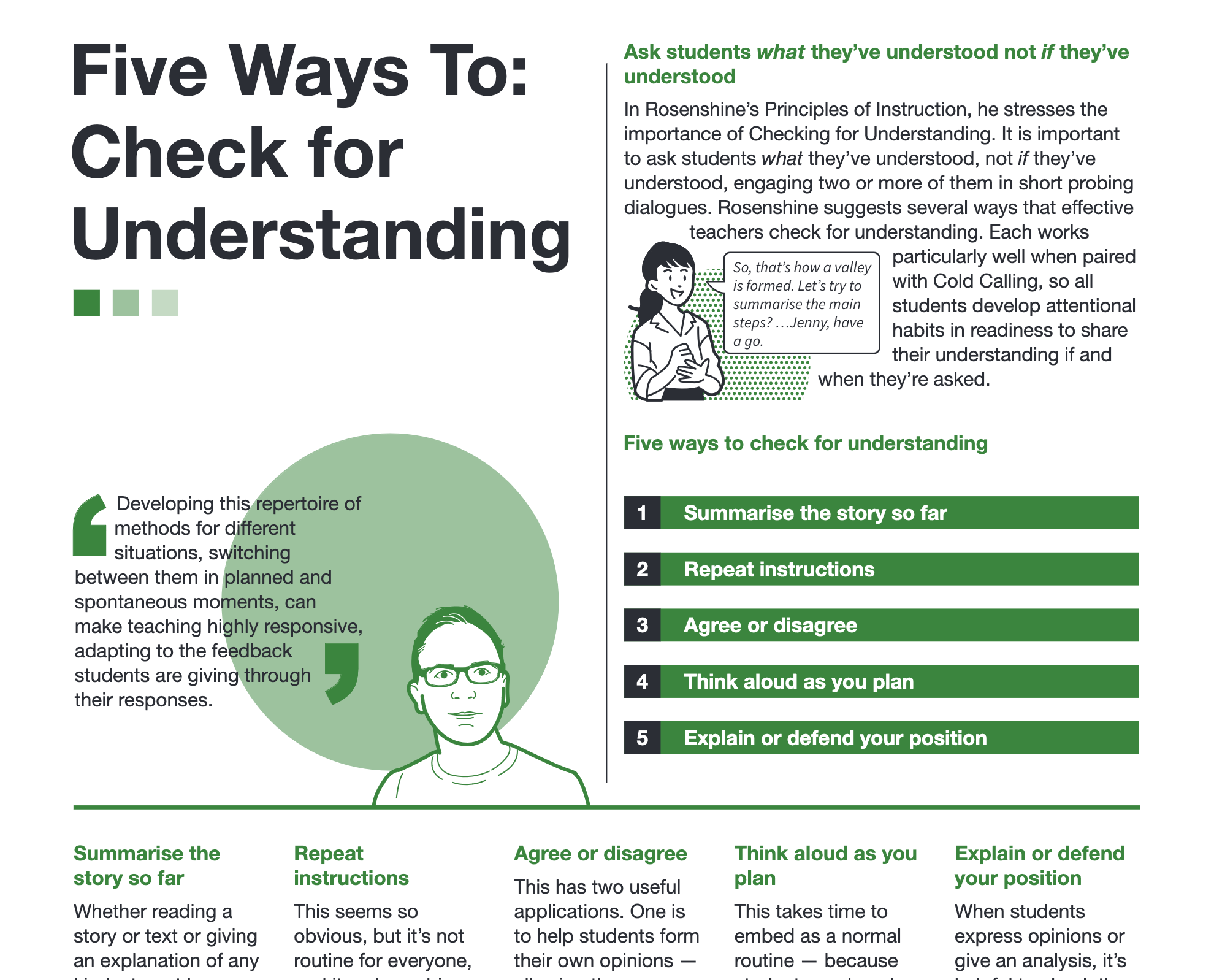
Speaking of visual learning…
“The world’s most important knowledge, visualized.”
I haven't tried out Lucid yet—have you? Reminds me a bit of what Nathan Baschez tried with Hardbound. Condensing complex topics or books into short, visual narratives.
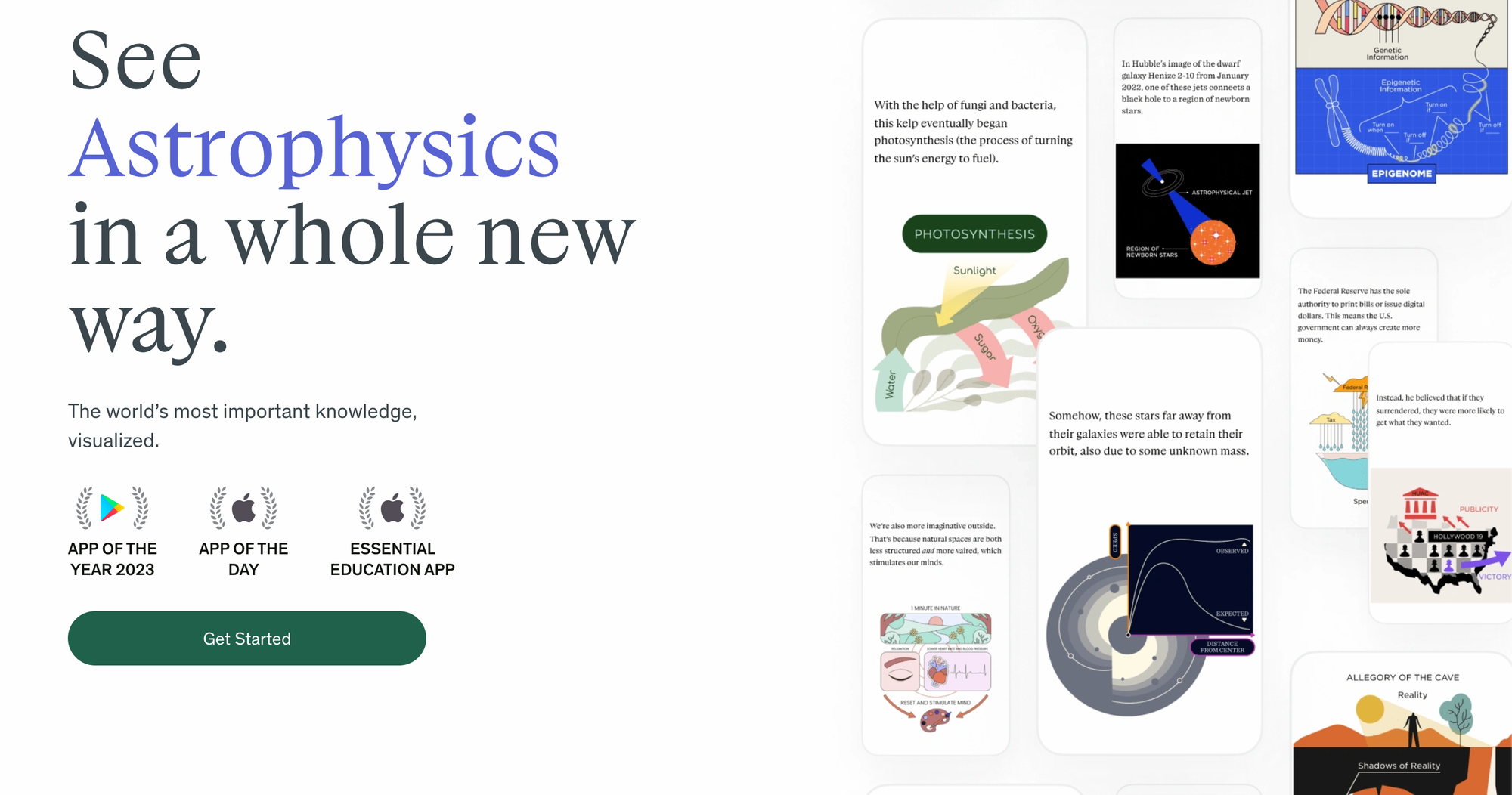
Want to peer into the future?
Ba Dum Tss. Sorry, bad pun. But seriously, augmented reality contact lenses? While the concept is not new, this appears to be “the first authentic test of an augmented reality contact lens.” And it seems like a real technical breakthrough. The "display hardware has about 30 times the pixel density of a new iPhone" and the battery and microprocessor are small enough to sit in your eye. 😲



